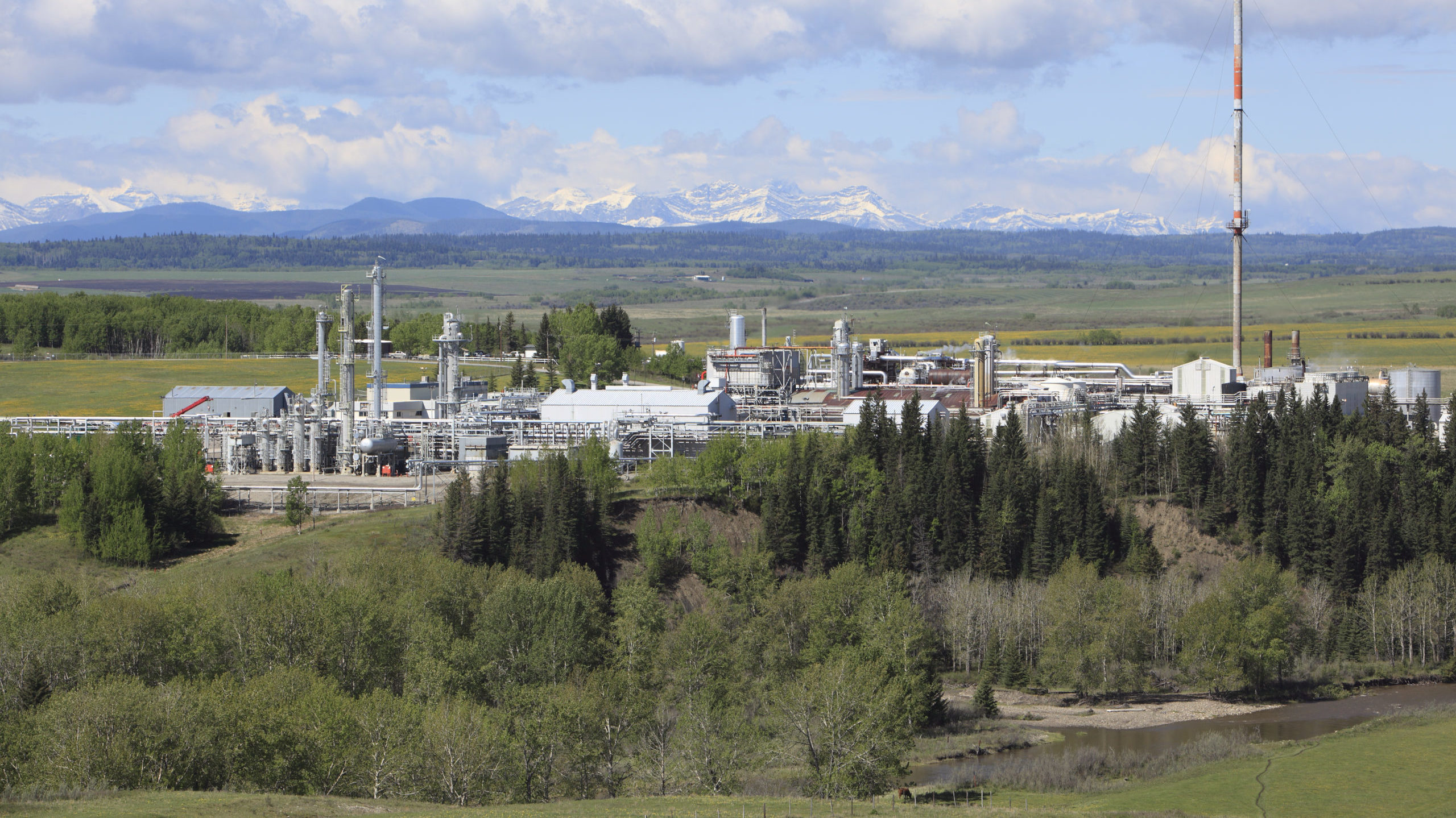
As two people not born in Alberta but who live here now—one of us came from British Columbia and the other from India—we are constantly amazed at the misinformation about the province and also one of Canada’s biggest economic contributors, i.e., the oil and gas industry.
Part of this is understandable. We work in energy policy so we pay attention to energy data. Thus we grasp that there’s no reason think a millennial in downtown Toronto will be up to speed on why oil and gas matters to new Canadians, the Indigenous, or how much Canada’s energy patch pays in total taxes and royalties to governments. (For the curious, the figure is $493 billion since 2000.)
Still, that doesn’t explain why one national columnist a few years back claimed Alberta was once a “pollution free-for-all.” (Reality Check One: It never was.)
Or how Elizabeth May claimed in 2020 that “oil is dead.” (Reality Check Two: As the University of Manitoba’s Professor of the Environment Emeritus, Vaclav Smil, summarized it in a 2020 paper, “Designing hypothetical roadmaps outlining complete elimination of fossil carbon from the global energy supply” is “nothing but an exercise in wishful thinking that ignores fundamental physical realities.”)
Whatever the source of misinformation, here are some relevant statistics on environmental spending.
If the question is “Who spends the most on the environment?” the answer, provincially, is Alberta. Between 2008 and 2019, Alberta spent $20.1 billion, or 17.1 per cent of all environmental expenditures by all provinces. That’s high, given its population (in 2019 for example) was just 11.7 per cent of the ten-province population total.
On the opposite end is Quebec. Between 2008 and 2019, Quebec spent less than many provinces in most years and always less than Alberta. For instance, Quebec’s per capita spending ranged from $179 per person in 2008 to $273 in 2019. That was lower than the Maritimes, Ontario, Saskatchewan and British Columbia in most years.
As for Alberta-Quebec comparisons, Alberta’s per capita environmental spending ranged from a “low” of $334 in 2010 to a high of $653 per person in 2016, far higher than Quebec in those and other years. More broadly, per person, Alberta outspent the (other) nine-province average in every year since 2008. The range was 41 per cent to 180 per cent more depending on the year.
Turning now to industry spending, with only partial data available (Statistics Canada collects the data only every second year), between 2006 and 2018, Canada’s oil and gas sector spent $28.1 billion on environmental protection, capital and operating expenses combined.
Here’s how that compares to other major industries: electric power generation ($6.3 billion); mining and quarrying ($6.2 billion); primary metal manufacturing ($6.1 billion) and chemical manufacturing ($3 billion). A variety of other industries with individually smaller expenditures collectively spent $18 billion in total according to Statistic Canada.
In other words, of the $67.7 billion in environmental spending between 2006 and 2018, and even with “gap” years in the data, the oil and gas sector spent $28.1 billion or 41.5 per cent. All other industries combined spent $39.6 billion, or 58.5 per cent.
One response to this might be that the oil and gas industry incurs significant disruption to the environment and thus mighty be expected to incur significant sums in exchange.
The problem for proponents of that argument is that it’s not clear, for example, what the “liability” would be for the automotive sector if every single automotive factory and auto dealership were required to return the disturbed earth to its original condition. Or if hydro dams were required to be dismantled after 50 or 100 years and land and rivers returned to their natural, pre-dam state.
In other words, the oil and gas sector is tasked with doing what few other industries must do. That makes comprehensive industry-to-industry comparisons nigh impossible—this unless all other sectors are also required to return land and waterways as close a possible to their pre-disturbed state.
However, here’s what we do know from the best comparable data on operational and capital spending: Canada’s oil and gas sector has long spent far and above every other industry. As for Alberta, it always spent more per capita than any other province. The lone exception was in 2009, when Nova Scotia spent $353 versus $343 per person in Alberta, a difference of ten dollars that one year in Nova Scotia’s favour.
Mark Milke and Ven Venkatachalam are with the Canadian Energy Centre, an Alberta government corporation funded in part by carbon taxes. They are authors of Environmental spending in Canada, 2021 edition: Comparisons by industry and province.